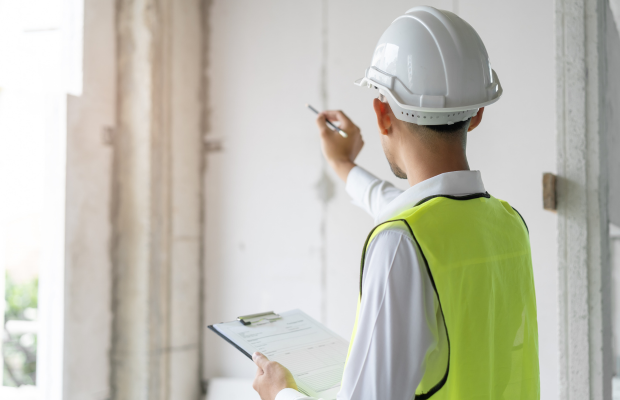As a landlord, ensuring your rental property is safe and compliant is paramount. Regular inspection and testing of all electrical appliances is a crucial part of ensuring a safe environment for your tenants. Let’s take a look at what PAT testing is, why it is so important, and how the testing process works.
Contact your local Martin & Co branch to discover how our lettings managed service could benefit you.
Understanding PAT testing
What does PAT stand for?
Electrical appliances undergo routine checks to ensure their safety in a process known as Portable Appliance Testing (PAT). This involves both visual inspections and electronic tests to ensure that appliances are safe to use and meet regulatory standards.
The purpose of PAT testing
The primary goal of PAT testing is to ensure the safety of electrical appliances and prevent electrical accidents such as shocks, fires, and other hazards. Regular PAT testing helps to identify potential issues early on, allowing for timely repairs or replacements.
Related: Exploring the benefits of eco-friendly rental homes
Why PAT testing is important for landlords
Ensuring tenant safety
As a landlord, the main reason you need PAT testing is to ensure the safety of your tenants. It helps ensure that all electrical appliances in the rental property are safe to use and do not pose any sort of risk.
Regularly testing these appliances can help you identify any potential faults or defects and take the necessary steps to repair or replace them.
Compliance with UK regulations
You are legally required to ensure that all electrical appliances provided in your rental property are safe to use. Failure to comply with these regulations can result in hefty fines and legal implications. It is therefore crucial that you demonstrate a commitment to the safety and well-being of all your tenants.
Reducing liability risks
If an accident or injury is caused by a faulty electrical appliance, you may be held liable. By conducting regular PAT testing, you can demonstrate that you have taken all the necessary precautions to ensure the safety of your tenants and minimise the risk of any potential liabilities.
This proactive approach can help protect your investments and avoid costly legal battles in the future.
Related: Electrical safety standards: A guide for landlords
The PAT testing process: Step-by-step
Visual inspection
The first step in the PAT testing process is a visual inspection of the appliance. A qualified tester will check for any signs of damage or visible defects, such as frayed wires or cracked casings.
Electrical tests
The tester will then perform several tests to ensure that the appliance is wired correctly, that the resistance is correct, and that the metal casing is properly connected to the earth wire.
If the appliance passes these initial tests, the tester will conduct a series of functional checks to ensure that the appliance operates as intended. This may include turning the appliance on and off to check for any unusual noises or smells.
Recording and labelling the results
Correctly recording and labelling the results of the various tests is critical, as it ensures that all tested appliances are clearly marked for safety compliance.
It’s important to record the results of each appliance test in a log to show your due diligence. Each tested appliance receives a durable label indicating the test date and the next due test date, which confirms to users that the appliance has been inspected and is safe to use.
How often should PAT tests be conducted?
The frequency of PAT testing largely depends on the type of property you own and the appliances you provide. Generally speaking, most rental properties should undergo PAT tests annually.
However, more frequent testing is necessary for appliances prone to wear and tear and those with a history of faults. Manufacturers often provide guidelines on the frequency of testing their appliances.
Related: The ultimate guide to property management
Finding a certified PAT tester
It’s crucial to ensure that the PAT tester you hire possesses the necessary qualifications, experience, and certification to perform the tests safely, accurately, and reliably. They should have certification from a recognised organisation such as the National Inspection Council for Electrical Installation Contracting (NICEIC) or the Electrical Contractors’ Association (ECA).
Additionally, recommendations from other landlords, online reviews, and testimonials can provide insights into the reliability and quality of the PAT testing services, allowing you to guarantee compliance with legal requirements and improve the safety and reliability of your property’s electrical appliances.
Contact your local Martin & Co branch today for expert advice and guidance.




